Dorchester Academy (McIntosh, Ga.)
Historical Note
Congregationalists, originally from New England, settled in Midway (or Goldingâs Grove, now McIntosh) in the mid-eighteenth century, resulting in a long history of Congregationalism in the area. They became prosperous slave-holders, converting many of their slaves to the Congregationalist faith. After the Civil War, the Whites had left either the religion or the area, but the American Missionary Association discovered that the local freedmen were still strong in the faith. The AMA built Dorchester Academy first as a primary school, which later became a normal school. When Liberty County, Georgia opened a public high school for Blacks, the AMA turned Dorchester into a community cooperative center.
The AMA opened a primary school at Midway (or Goldingâs Grove) in 1868. With funds from the AMA and the Black community, Dorchester became a normal and industrial training school in 1879. In 1893, a new school building named Christian Endeavor Hall was built. From 1900 through the 1920s, the student population fluctuated between 220 and 300, with some boarders. It continued as a normal, domestic, and industrial training school.
In 1932, J. Roosevelt Jenkins became principal at Dorchester. Throughout the 1930s the federal Works Progress Administrationâs National Youth Administration began contributing to Dorchesterâs support, and the AMA considered expanding community activities in McIntosh as it had near its other schools. In 1937, Jenkins and community leaders studied community cooperatives in Nova Scotia. A credit union was opened at Dorchester in 1938, and the cooperative store opened the following year.
In 1941, Liberty County opened a public high school for African Americans and Dorchester Academy closed. The credit union oversaw the property and maintained community programs. Claudius A. Turner, who held an M.A. from Fisk University, became Director of Dorchester Cooperative Center in 1943. The Centerâs activities expanded throughout the decade to include an experimental farm, a farmerâs union, hospital association, and citizensâ council. When Liberty County repealed its poll tax in 1946, the citizensâ council conducted a political education program and the Center spearheaded a voting drive. In the election that year, more Blacks than Whites voted and proved instrumental in electing M. E. Thompson as Lieutenant Governor.
During 1947-1948, the community raised two thousand dollars toward a new building for the Center. In 1950, Claudius A. Turner resigned as director, leaving an elderly community leader, Frank Baker, temporarily in charge. A new director, William A. Hill was appointed in June 1951, but left at the end of the year. Baker again took charge, and the community successfully petitioned the AMA to make him the permanent director. He served until 1954 when Percel O. Alston became director, who served until the end of the following year. Following Alstonâs departure, Lena F. Smith, former head of the credit union, acted as director until Rev. Ernest A. Jupiter took over in June 1956. He shared responsibility with local Congregational pastors J. Stanley Taylor and V.W. Douglas, who then oversaw the withdrawal of the AMA from the cooperative center.
Abstract:
American Missionary Association archives 1969 addendum
